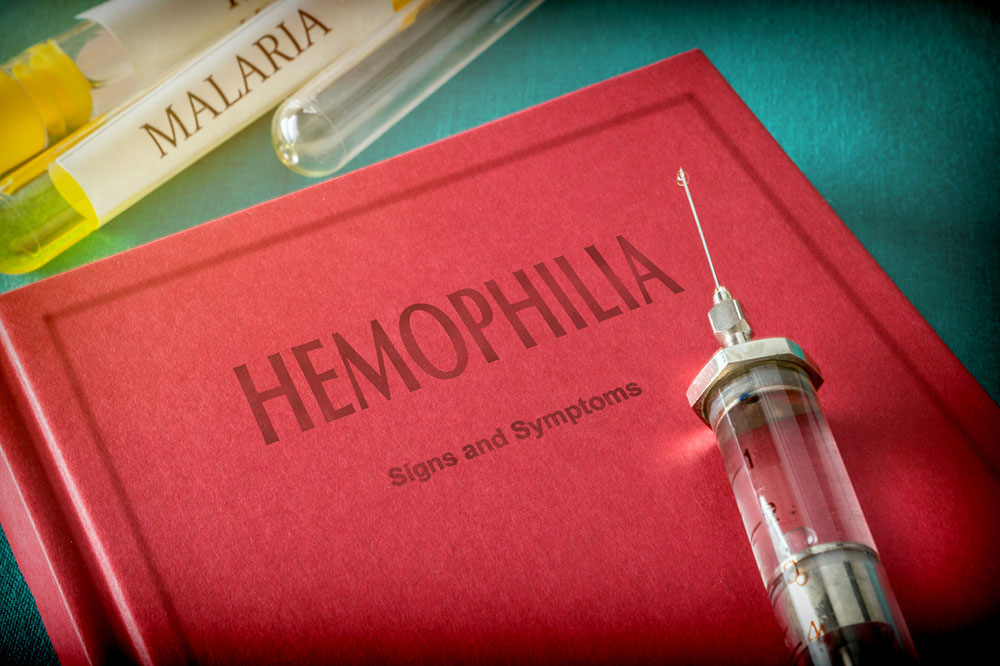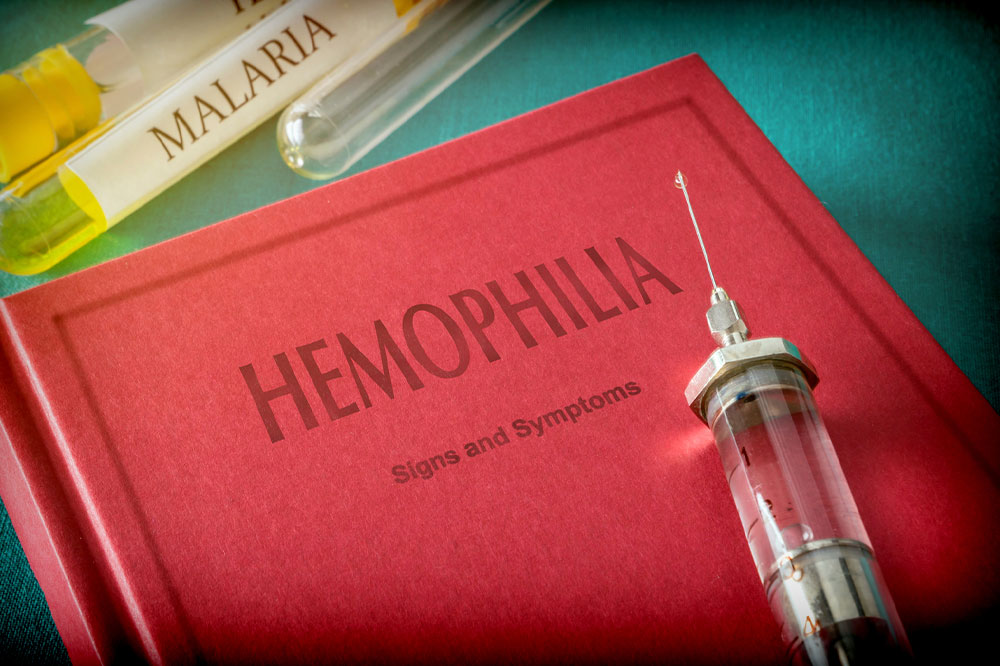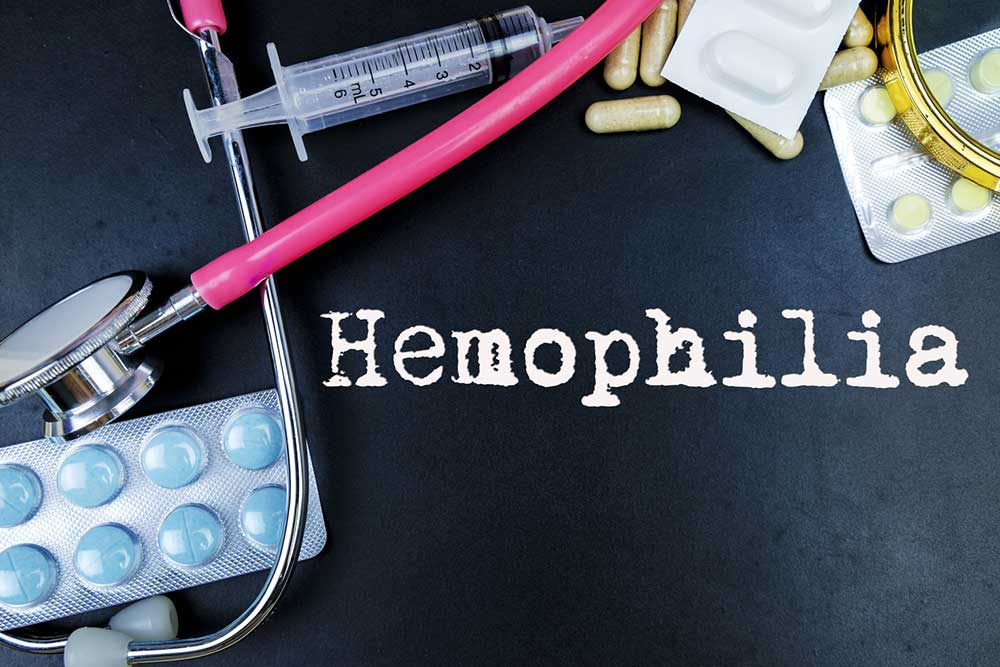Understanding Hemophilia: Key Symptoms and Severity Levels
Hemophilia is a rare genetic disorder affecting blood clotting, leading to varying bleeding symptoms. Mild cases may go unnoticed until injury or surgery, while moderate and severe forms cause spontaneous and extensive bleeding, including joint and internal bleeding. Early diagnosis and treatment are vital to prevent complications like joint damage or internal hemorrhages. Recognizing symptoms like easy bruising, spontaneous bleeding, and joint pain can save lives by ensuring timely medical care for this serious condition.
Sponsored

Hemophilia is an inherited disorder in which the body lacks specific proteins needed for blood clotting, known as clotting factors. When an injury occurs, these factors usually form a plug to stop bleeding, but in hemophilia, bleeding can be prolonged both inside and outside the body. The severity of symptoms varies based on how much clotting factor is missing. Recognizing these symptoms early is crucial for managing the condition effectively.
Mild hemophilia
Individuals with mild hemophilia may not show noticeable signs but can experience significant bleeding after surgeries or injuries, and women may bleed excessively during childbirth or periods.
Moderate hemophilia
People with this level often bruise easily and may bleed without an obvious cause. Spontaneous bleeding, joint pain, and irritation are common, especially if treatment is delayed. Childhood symptoms can include easy bruising.
Severe hemophilia
Symptoms mirror those of moderate hemophilia but are more intense. Bleeding occurs spontaneously and frequently in areas like joints, gums, and nose, risking complications such as joint damage or internal bleeding. In some cases, even minor head injuries can cause dangerous brain hemorrhages. Prompt medical intervention is essential in all cases to prevent serious health issues.
Overall, hemophilia demands careful attention to avoid serious complications. If these symptoms appear, immediate medical advice should be sought to manage the condition effectively and prevent severe outcomes.






